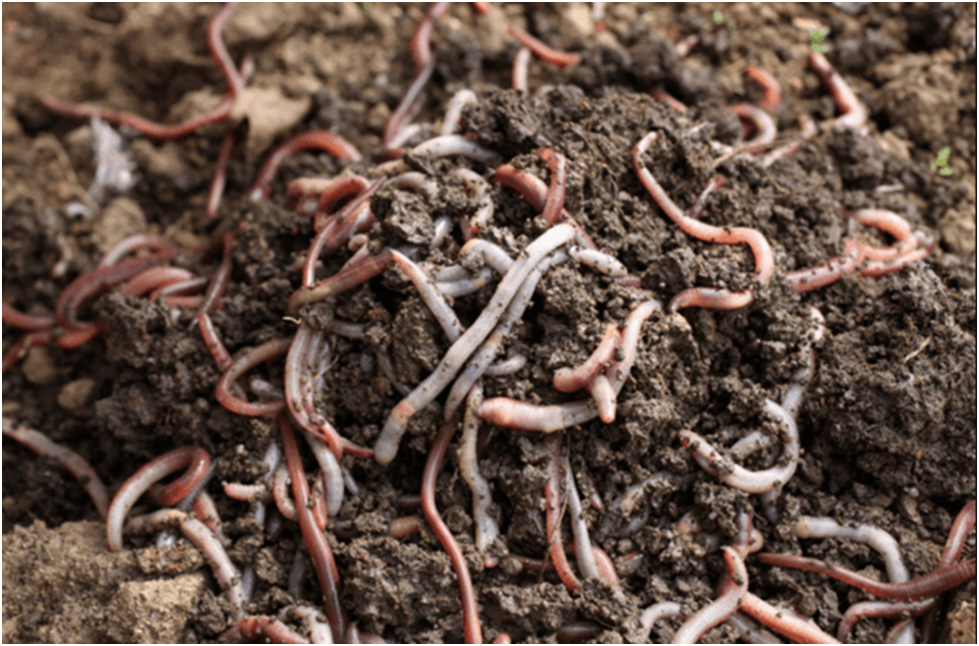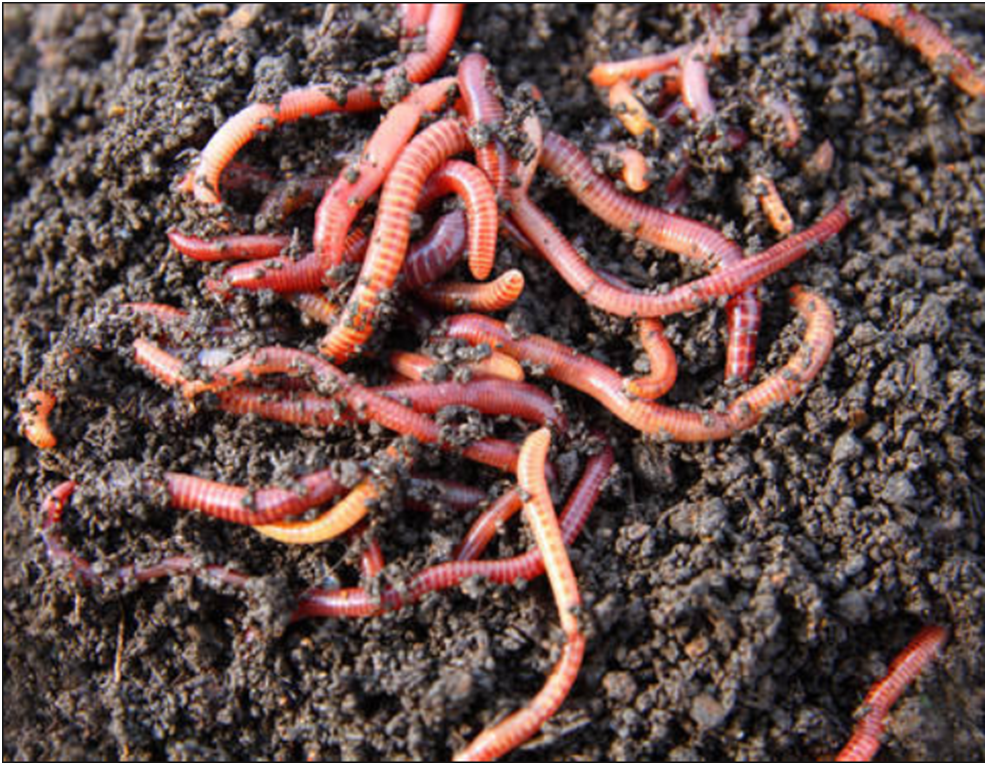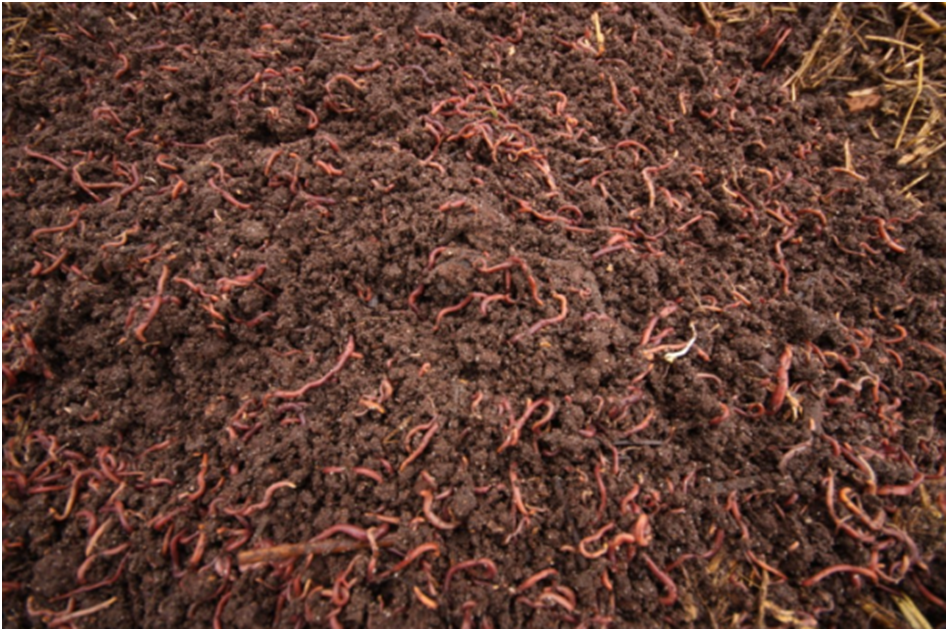- Books Name
- CBSE Class 6 Science Book
- Publication
- Param Publication
- Course
- CBSE Class 6
- Subject
- Science
DISADVANTAGES OF EXCESSIVE USE OF PLASTICS
• Plastics
The word plastic comes from the Greek word 'plastika' meaning to mould. True to its name, plastic can be moulded into any shape large or small, thick or thin, solid or hollow.
But plastic is not biodegradable. It .takes a million years for a plastic bag to degrade. So plastic is really dangerous for the environment.
1. When thrown around, plastic materials destroy the natural beauty of a place.
2. Plastic bags often choke the drains which results in overflowing of waste water.
3. Sometimes plastic bags are eaten by stray animals along with leftover food. This can cause choking and result in their death.
4. Use of recycled plastic bags to keep food items is harmful for health as these contain toxic chemicals.
5. Burning of plastic produces harmful gases and smell.
Measures Taken To Prevent The Dangerous Effects Of Plastics
Reduce, reuse and recycle plastics."
Carry jute or cloth bags for shopping."
Do not store food items in plastic bags."
Do not burn plastic items."
Recycle plastics so that new plastic items can be made." Waste that does not decompose should be put in blue dustbins, while waste that decomposes easily should be put in green dustbins."
HARMFUL FFECTS OF BURNING GARBAGE
You must have seen in your locality that sweepers very often collect the dry leaves that accumulate on the roadside and burn it. Farmers too burn the husk, dried leaves and remains of crop plants in their field after harvesting a crop. The process of burning garbage and other biodegradable waste produces smoke and gases that are harmful to us.
- Books Name
- Class 6 Science Book
- Publication
- PathSet Publications
- Course
- CBSE Class 6
- Subject
- Science
Vermicomposting

Compost is an organic matter that has been decomposed and recycled as a fertilizer and soil nutrient.
Vermicomposting is the process of conversion of biodegradable waste into manure with the help of a special type of earthworm called red worms.
- Vermicomposting is the process of conversion of biodegradable waste into manure with the help of a special type of earthworms called red worms.
- A layer of sand or chicken mesh is used as the base to which all types of biodegradable waste including dried leaves, husk, vegetable peels and remnants of fruit, dried animal excreta newspaper, cardboard etc. A little water is sprinkled on this layer. On preparing this mixture, add the red worms to it and covered with a layer of grass or a sheet of cloth.
- The work, however, is not done yet. Red worms need to be fed. They do not have teeth. They have what is called a gizzard. This helps the worms grind their food.
- Fruit and vegetable remains, tea leaves, grass etc. act as food for the red worms and should be buried 2-3 cm deep in the soil. In a day, a worm can eat up as much food as it weighs.
- However, pickles, milk, vinegar and salty materials might help in the growth of disease-causing microorganisms and hence should not be added to the pit.
- They should not be kept in a very hot or a very cold environment. Red worms need care and water. They have the potential to double up in a month’s time, given proper nourishment and care.

Image 4: Red worms

Image 5: Vermicomposting pit
The compost gets ready in three to four weeks’ time.

 Param Publication
Param Publication
 PathSet Publications
PathSet Publications
